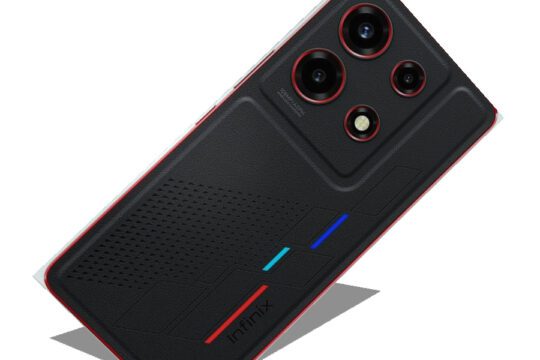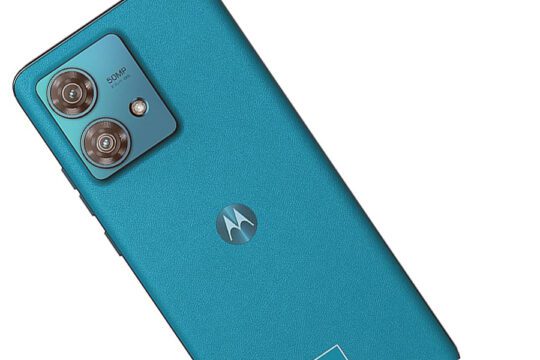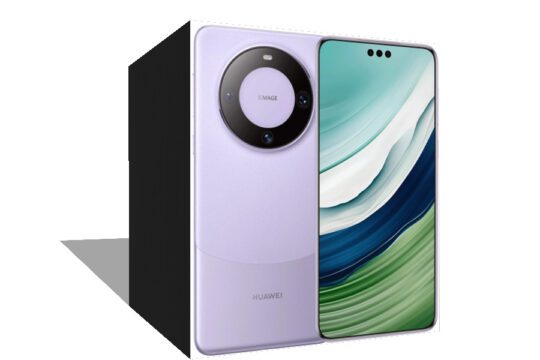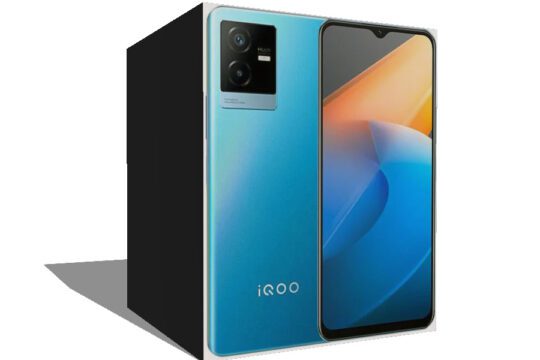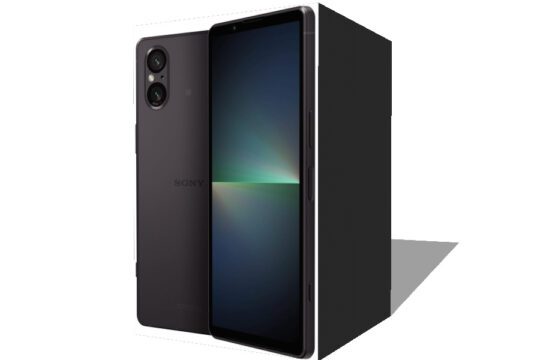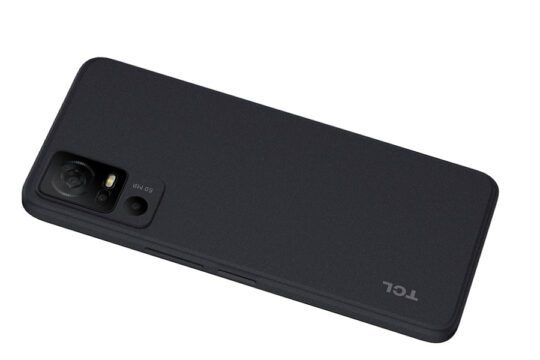
If you want to know how the competition for the greatest folding phone is going, a comparison between the Samsung Galaxy Z Fold 5 and the Google Pixel Fold is just what you need. This summer, the Google Pixel Fold is anticipated to release, giving Samsung its first real rival in the United States.
The successor to the foldable phone to beat, the Samsung Galaxy Z Fold 5, is anticipated to include a new hinge design and significantly greater power. The Pixel Fold, in contrast, will be a first try but should bring some Pixel magic to a foldable device — and hopefully be far less expensive than Samsung.
This is what is known so far about both phones and how the Samsung Galaxy Z Fold 5 versus Google Pixel Fold competition could pan out once they are both made available.
Price and Availability:
About the pricing of the Galaxy Z Fold 5, we haven’t heard many speculations, but it’s reasonable to anticipate that it will be comparable to that of the Galaxy Z Fold 4 from a year ago. The Galaxy S23 series and the Galaxy A54 have already had their U.S. pricing fixed by Samsung, so the Z Fold 5 should cost $1,799/£1,649/AU$2,499.
According to the most recent Pixel Fold reports, the device will significantly undercut Samsung in price. The Google foldable would cost between $1,300 and $1,500, according to leaker Yogesh Brar. This implies that the Pixel Fold may cost up to $500 less than Samsung’s alternative. At that price, it’s hardly likely to be an impulse buy.
Also, according to Brar, the Pixel Fold will be introduced on May 10 at Google I/O 2023 and will first be available in a few areas. He doesn’t say which areas it may be sold in or when. We predict that one of them will be the United States.
Undoubtedly, the Samsung Z Fold 5 will go on sale this summer, most likely in the middle or late August. Samsung normally hosts its second Unpacked event of the year around that time.
Design and Display:
It is fair to anticipate that Samsung will use the same strategy as its prior Z Fold products. The gadget will thus probably have the same fold-out book design that unfolds to show a large 7.2-inch tablet-style display.
It will reportedly be accompanied by a 6.2-inch cover display, which is expected to remain the same size and keep the Z Fold 4’s OLED paneling and 120Hz refresh rate. It’s also probable that the back triple-lens camera configuration won’t change.

This time around, changes are said to include a lighter design, a possible integrated S Pen, and a new “waterdrop” hinge style. The new phone is now certified for 300,000 folds, suggesting that the revised hinge is intended to prevent creasing and increase longevity.
According to some speculations, the Pixel Fold will have a book-like appearance similar to the Z Fold’s, but with a shorter and broader 7.69-inch internal screen. That will apparently be accompanied by a 5.79-inch cover display, both of which are likely to provide a 120Hz refresh rate.
![]()
Moreover, leaked renderings reveal the Pixel Fold features a triple-lens camera and a camera bar resembling that of the Pixel 7 series. Instead of using a hole-punch or under-display camera like Samsung’s foldable, there is an internal selfie camera that is housed inside the bezel at the top of the screen.
Cameras:
One rumor is that the Galaxy Z Fold 5 will have a significant camera upgrade. It is said that the phone will have a 108MP primary camera lens. This would be the same camera seen in the Galaxy S22 Ultra, and it may be complemented by a 12MP ultrawide camera and a 64MP telephoto lens with a 2x optical zoom.
But it hasn’t been all good news. According to another report, the camera will be the same as the Z Fold 4, which has a 50MP primary camera lens, a 12MP ultrawide lens, and a 12MP telephoto lens with 3x optical zoom. It has been alleged that adding the 200MP primary camera from the Galaxy S23 Ultra to the Z Fold 5 is unfeasible.
The Z Fold 5’s selfie cameras are expected to feature similar specifications to those seen on the Z Fold 4 despite rumors to the contrary. That phone included an inner 4MP camera hidden behind the display and an outside 12MP hole-punch camera. If the under-display camera is chosen again this year, let’s just hope that it has undergone some considerable upgrades.

According to reports, the Pixel Fold avoids these extremes and will maintain a camera resolution of double digits. There are conflicting rumors on the cameras to be expected, but one suggests that the Pixel Fold will feature the same configuration as the Pixel 7 Pro—a 50MP primary lens, a 12MP ultrawide camera, and a 48MP telephoto camera.
![]()
In any case, that’s what we’re hoping for in light of other speculations that claim the primary lens may only have a pitiful 12MP. Even while Google’s computational photography skills can more than make up for the camera’s apparent shortcomings, we desperately hope that isn’t the case.
The Pixel Fold’s selfie cameras’ specifications are also unknown, while one rumor suggests that they will include a pair of 9.5MP lenses. For the cover and internal displays, that equals one lens each. The Android 14 Developers Preview 2 made a suggestion that the face unlocks feature could only be available on the cover display camera.
While statistics can only tell us so much, the camera specifications are perhaps the most difficult to compare before a release. Despite the hardware seeming inferior to the competition, Pixel phones have traditionally been among the greatest photography phones available.
Samsung has a reputation for creating outstanding photographs, particularly with the Galaxy S23 Ultra, yet its post-shot processing has typically been weak. As a result, we won’t be able to answer the issue of which firm will perform better until we can go out and take images for ourselves.
Performance:
One aspect of the Galaxy Z Fold 5 vs. Pixel Fold that we can be quite certain of is performance. mainly because chipsets that should power both gadgets have already been spotted in phones.
The Snapdragon 8 Gen 2 for Galaxy, an especially overclocked processor that powers the Galaxy S23 range, will probably be included in the Z Fold 5. The Snapdragon 8 Gen 2 Samsung Galaxy has shown to have the top benchmarking scores of any Android processor — and is almost enough to give Apple’s A16 Bionic a run for its money. We won’t know the precise Z Fold 5 results until after the launch.
We also anticipate that UFS 4.0 storage will arrive in the Z Fold 5, as it did in the Galaxy S23. It implies the Z Fold 5 will have substantially quicker read/write times than UFS 3.1, allowing it to complete tasks much more quickly.
If the Pixel Fold debuts before the Pixel 8, it will likely use the Tensor 2 processor, which was first seen in the Pixel 7 smartphone. Even with the Galaxy model, the Tensor cannot rival the Snapdragon 8 Gen 2 in terms of sheer power, but that is not the main purpose of the processor.
Instead, the Tensor is intended to support AI, advance computational photography, and assure greater security—three things that, whether we know it or not, we all need on a regular basis. The Tensor 2 has already unlocked capabilities like Picture Unblur, quicker Night Sight photography, and other distinctive talents despite the fact that it is not a powerhouse.
Battery and Charging:
There is no denying anything. When it comes to battery life, Samsung and Google will need to boost their game. In our tests, the Galaxy Z Fold 4 only lasted for 8 hours and 20 minutes, which is much less than the 11.5 hours attained by smartphones that made our list of the best phone batteries.
Fortunately, Samsung has previously demonstrated that it can extend phone battery life. The Galaxy S23’s battery lasted 10 hours and 17 minutes, 2.5 hours more than the S22. It’s unclear whether the Snapdragon 8 Gen 2 or greater software optimization was responsible for the higher power efficiency, but it’s encouraging for the Z Fold 5.
The Pixel Fold’s battery has only been mentioned as being larger than the 4,400 mAh battery in the Z Fold 4. It’s unclear how that will transfer to battery performance in the real world, but Google’s track record with lengthy battery life isn’t great.
In our battery tests, the Pixel 6 lasted for 8 hours and 13 minutes, while the Pixel 7 lasted for 7 hours. It’s safe to conclude that the Pro models performed much worse, and those results are simply appalling. It doesn’t seem good for the Pixel Fold, and it would offer Samsung a significant advantage.
Regarding charging speeds, we haven’t heard anything, but we believe both phones will provide functionality on par with their predecessors. Thus, the Z Fold 5 should charge at least 25W, matching the Z Fold 4, while the Pixel Fold should charge at 20–23W.
Software:
Indeed, foldable-optimized versions of the respective Android OS will be included with both foldable. The Pixel Launcher is what Google uses, whereas OneUI 5.1 is what Samsung uses. Curiously, they might not wind up being all that dissimilar. That’s because Google and Samsung collaborated to improve Android’s suitability for foldable smartphones.
Since the launch of Android 12, Google has been improving foldable compatibility, and Android 13 now includes the special Android 12L for huge screens. By no means are Android 12L capabilities restricted to foldable, but the Pixel Fold will undoubtedly be able to benefit from features like a taskbar and improved multi-window functionality.
It’s unclear how that software will vary from the Pixel-flavor of Android that is already available. We may not get many new, unique features if the Galaxy Z Fold 4 is any indication, but we can be sure that the S Pen will continue to be supported on the Z Fold 5 for those who want to use a pen. Google is not anticipated to do the same.
We hope that the Pixel Fold follows in the footsteps of the Pixel phones, but for the foldable market since it is frequently remarked that the Pixel phones demonstrate a vision of what the Android software experience should be.
Outlook:
We currently know very little about the Google Pixel Fold and the Samsung Galaxy Z Fold 5. Yet, it is intriguing in and of itself that another significant competitor may enter the foldable area. Motorola is the only other firm to have released a foldable in the United States, and the Motorola Razr 3 has not yet been made available.
The question of whether Google can compete with Samsung’s years of knowledge is quite different, especially considering the company’s history of providing incredibly short battery life. But, if Google can significantly undercut Samsung on pricing, as has been claimed, it may do so and offer Samsung a legitimate foldable phone competitor.
Read more: Apple getting ready to Compete with ChatGPT – Supercharged Siri
